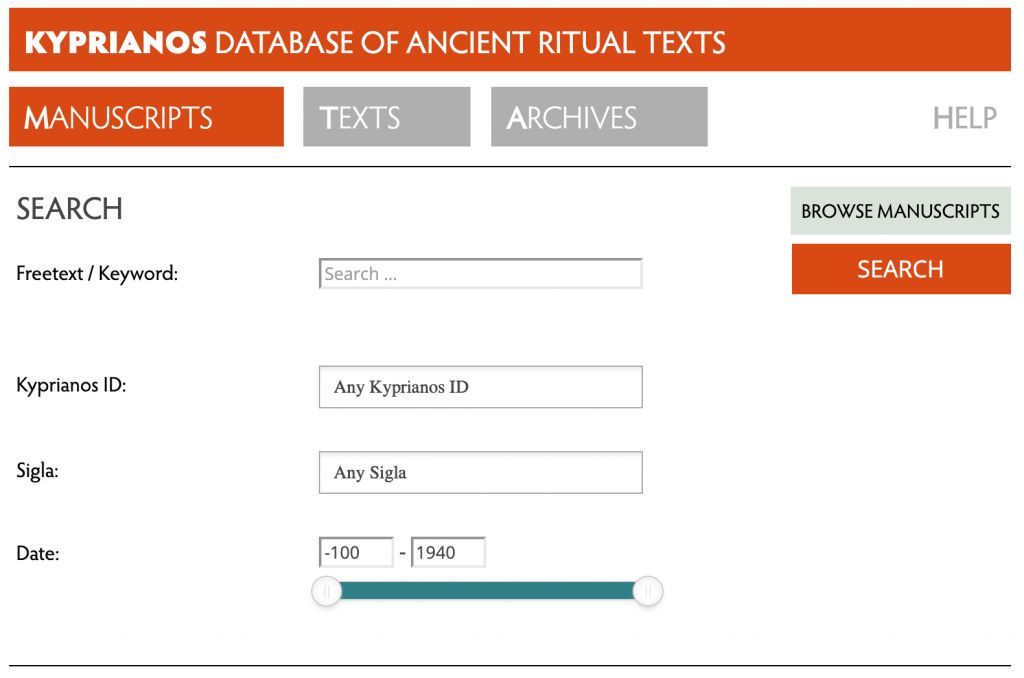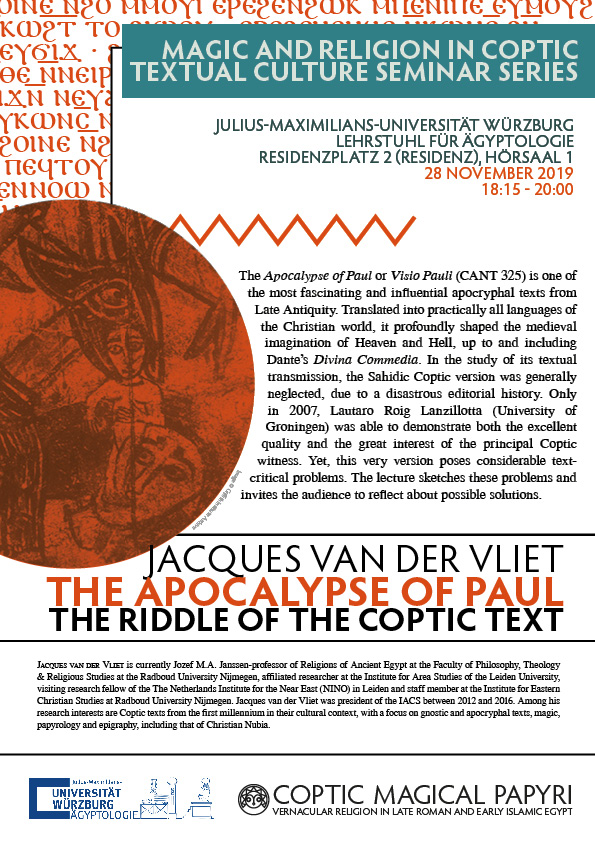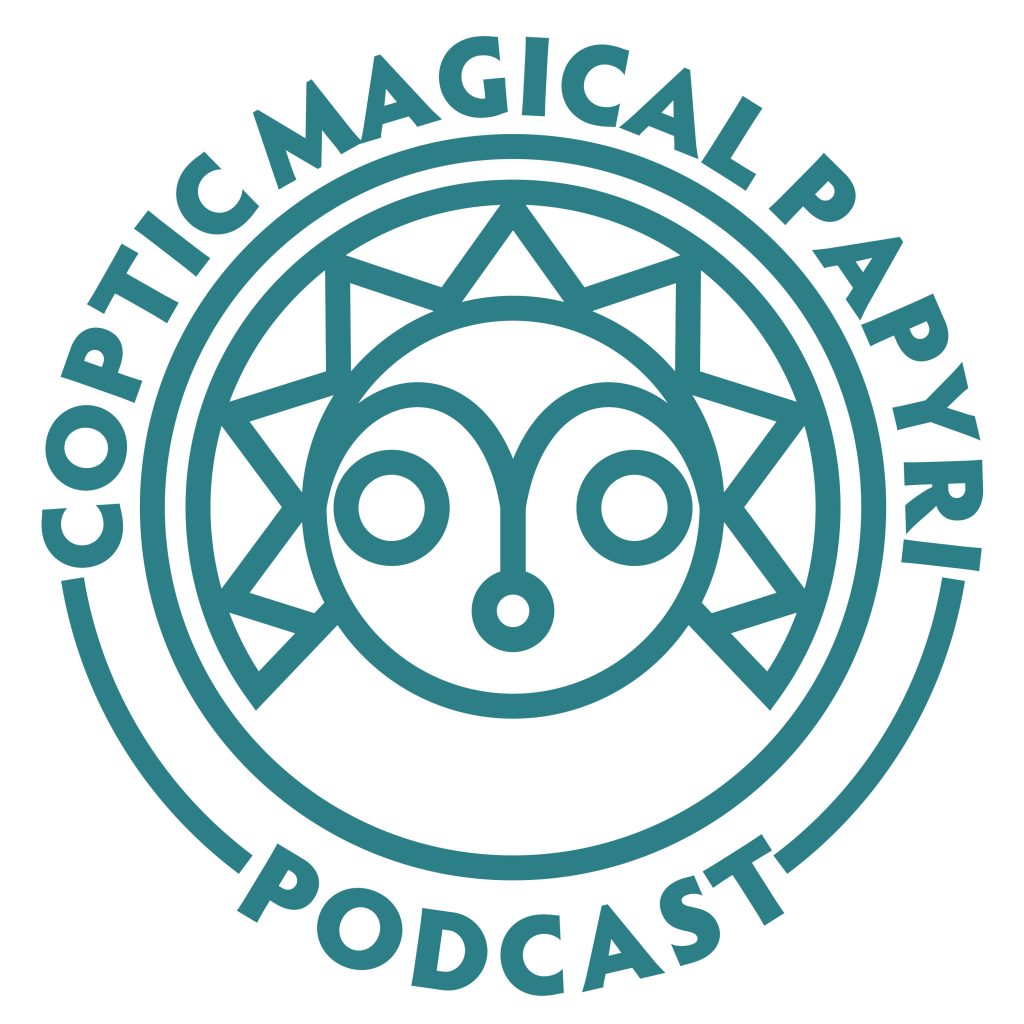
The Launch of the Kyprianos Database
In September, we hit the second year mark, so it’s time to talk about all the things we’ve been up to in the last twelve months. But before we get to that, we should share our big news – the Kyprianos Database of Ancient Ritual Texts and Objects is now online!
In this first stage, we’re sharing our data on 677 manuscripts and 11 texts, but there will be regular updates to increase the number of published manuscripts and texts, and begin to add information for archives, as well as copies of drawings from the magical texts. At the moment, the database includes manuscript information on all published (and over 150 unpublished) manuscripts containing Coptic magical texts, as well as most of the Greek and Demotic magical papyri from the major collection known as the PGM (Papyri Graecae Magicae). Future updates will provide information on all of the published Greek magical manuscripts from Egypt, as well as begin to add older magical papyri from Egypt, magical texts from outside Egypt written on lead tablets and other material, and add other genres of texts – Christian liturgical papyri, as well as medical, alchemical, and astrological texts.
For our initial 11 texts, we’ve chosen what we think are some of the most interesting pieces – one of the longest, and most beautifully written, magical texts in Coptic, a love spell attributed to Saint Cyprian of Antioch, after whom the database is named; the only published Coptic magical manuscript with a scribal signature; one of the earliest Coptic magical texts, part of a letter from fourth-century Kellis; and the only Coptic magical text now housed in Würzburg, a curse to silence a woman, who is drawn on the papyrus itself. You can now read all of these texts in the Kyprianos database in English translation, view the Coptic text with full textual apparatus and notes, and see images of them via their manuscript pages. As with manuscripts, we’ll be publishing new texts online on a regular basis as we finish editing them.
You can read more about the database – its structure and function – here, and we will be running an online seminar to discuss it in the next few weeks.
As the database grows, we aim to work with people who use it so that we can continue to improve it, so please contact us with any problems, corrections, or ideas that you have – whether you have questions or suggestions for the database, or you are a researcher and notice errors or missing bibliography. We know that there is a lot of room for improvement – the search options in particular will require some more work to ensure that everyone can find what they are looking for.
New colleagues and friends of the project
We couldn’t have got the database online without the help of our team’s two new members, Stella Türker and Matouš Preininger, whom we welcomed in the spring of 2020 thanks to funding from the Research Advancement Center, the Faculty of Philosophy, and the Department of Egyptology at the University of Würzburg. Stella Türker is a student at the Julius Maximilian University of Würzburg who is studying to become a teacher, specialising in Latin, Greek, and English. Stella is helping us check and complete database entries, and at the moment focusing on the Greek Magical Papyri. Matouš Preininger is our IT person, and has been hard at work for the last six months building the online version of the Kyprianos database.
This year we also benefited a huge amount from the help of new contributors. Ágnes Mihalykó has provided us with her checklist of Christian liturgical papyri from Egypt, and led a team seminar to introduce us to these fascinating texts. Krisztina Hevesi, Bill Manley, and David Tibet have also been really helpful in assisting us in producing digitised text, and helping us gather manuscript data, while Anne Grons has helped us out many times with her expertise on Coptic medical papyri. We would also like to thank Mark Depauw of the Trismegistos database, one of the most important digital projects in papyrology, who helped us out in the last few weeks by creating nearly 200 new Trismegistos entries for manuscripts in our database which didn’t already have them, allowing the two databases to be fully interlinked.

The project was fortunate enough to gain funding from the Forschungsfond of the Julius Maximilian University of Würzburg to finance a series of seminars on the topic of magic in antiquity in the winter semester of 2019-2020. We were able to accommodate three guests – Jacques van der Vliet from the University of Leiden, and Dylan Burns and Tonio Sebastian Richter, both from the Free University of Berlin. Jacques van der Vliet came to Würzburg in November 2019 to talk about the Apocalypse of Paul, a very important apocryphal text which has exercised a huge influence on medieval Christian and Islamic visions of heaven and hell. A month later, Dylan Burns presented the history of the rediscovery of the gnostic codices in the Nag Hammadi Library, with all its controversies, and in February 2020 – right before the coronavirus pandemic outbreak – we had a visit from Tonio Sebastian Richter, who introduced us to the 24 Presbyters – angelic beings often found in the Coptic magical papyri. Our guests were very generous, and, as well as holding public lectures, they taught guest classes in our Coptic reading course and participated in a workshop focusing on Coptic magical texts. The aim of these seminars was to forge connections with experts in our field, and to gain valuable feedback on the project as a whole from them.
The Podcast and Blog
In February 2020, we launched our podcast on Coptic magic, produced by Markéta Preininger. Five episodes have been published so far, three of them with the guests who were invited for our seminar, and two of them with members of the Coptic Magical Papyri Project. The topics discussed are not limited to Coptic magic, but with the contemporary cultural frame as a whole – questions of language development, sociology, the relations between Coptic magic and alchemy, and Gnosticism. New episodes of the podcast (generally) appear at the end of every month; if you are interested, but haven’t had a chance to check it out yet, we hope you will.
Because we’ve been busy preparing the database for launch, we haven’t posted as many articles in our blog as we did in our first year, but we still found time to wrap up our series Looking at the Magical Papyri, as well as to launch three new series on Coptic magical amulets, curses, and love spells, and to explore the tradition of birth-bricks in our Christmas post.
Conferences and Publications
The coronavirus pandemic drastically reduced the number of conferences and workshops we were planning to take part in over the last year, but we still managed to present our work at ten digital or in-person conferences and seminars, including an online presentation of the Kyprianos database as part of the Digital Coptic 3 online workshop, a recording of which can be seen here. We have submitted eighteen articles and text editions in the last year, and although the time-frame for publication means they may not appear for a few more years, four pieces have already come out: an article animals in Greek magic, and a review of Christian Bull’s exciting new book The Tradition of Hermes Trismegistus by Korshi Dosoo; a study of the semantics of magic in the Demotic magical papyri and their relationship to the description of magic in Demotic literature by Edward Love; and an exploration of magical gems with images of Tantalus by Markéta Preininger.

Photo: Christopher A. Faraone
Rights© Trustees of the British Museum Campbell-Bonner Magical Gems Database
The last twelve months have been another big year for our project, and – as for many people – a strange one. We wish all of our readers a safe and healthy last few months of 2020, and hope to be in contact with you again soon.

